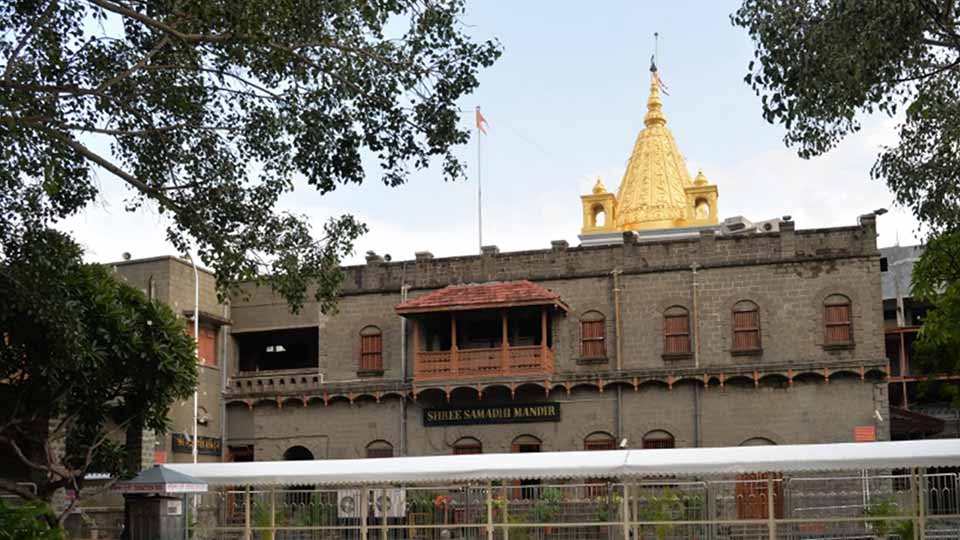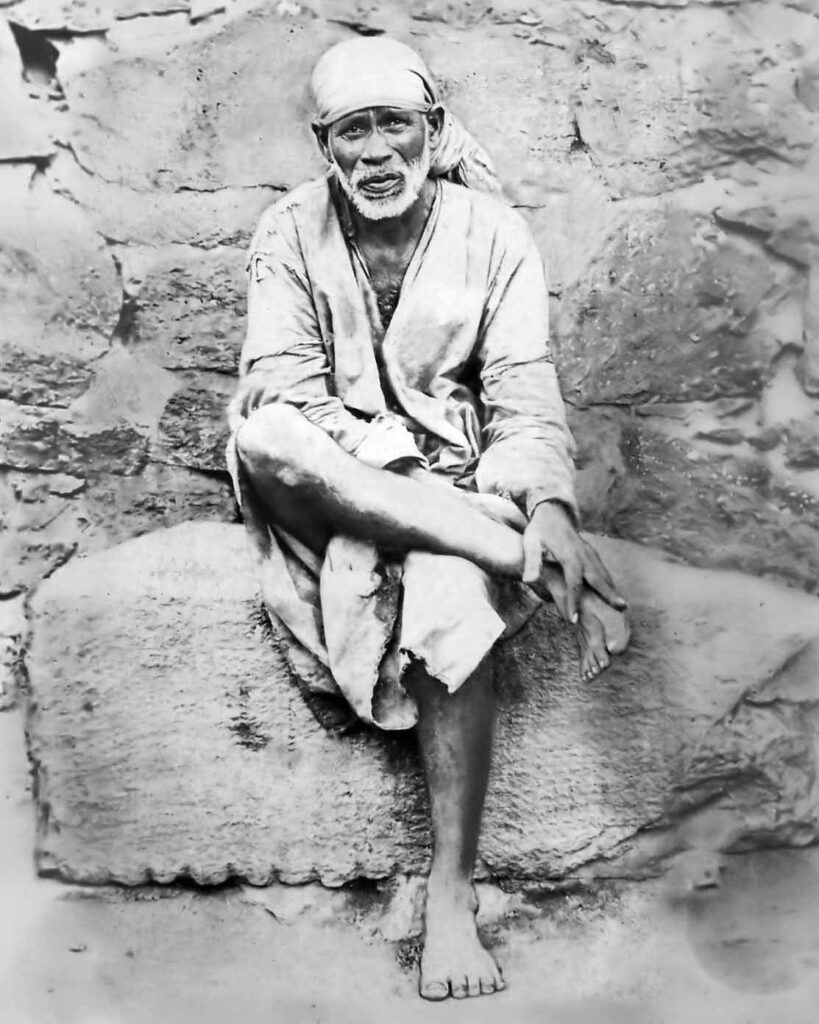
Shirdi is a renowned pilgrimage destination located in the state of Maharashtra, India. It holds immense significance for millions of devotees around the world as the final resting place of the revered saint, Sai Baba. Sai Baba, a spiritual leader who lived in the late 19th and early 20th centuries, is known for his teachings of love, compassion, and unity among people of all religions.
Shirdi is synonymous with Sai Baba, and the town is home to the Shirdi Sai Baba Temple, one of the most visited religious sites in India. Pilgrims flock to Shirdi to seek blessings, solace, and spiritual guidance at the temple. The town’s tranquil and spiritually charged atmosphere, coupled with its cultural and historical significance, makes it a must-visit destination for those on a spiritual journey or seeking a unique cultural experience in India.
Shirdi Sai Baba, born in the mid-19th century, is revered as a saint, spiritual leader, and miracle worker. His teachings emphasized love, tolerance, and the universality of all religions, transcending boundaries of caste and creed. Sai Baba’s life and actions were characterized by selfless service, simplicity, and his famous saying, “Sabka Malik Ek” (One God governs all). He performed numerous miracles and is believed to have the power to heal physical, emotional, and spiritual ailments. Sai Baba’s teachings continue to inspire millions of people, making him a revered figure in the world of spirituality.
Why do People Visit Shirdi?
Many visit Shirdi to seek spiritual solace and connect with the teachings of Sai Baba. They hope to find answers to life’s questions and experience a deeper sense of inner peace.
Devotees come to witness or receive the blessings of Sai Baba, believed to perform miracles even after his physical presence. Pilgrims often bring offerings and prayers for their well-being and that of their loved ones.
Some individuals visit Shirdi as a last resort for healing from physical or emotional ailments, believing in Sai Baba’s miraculous powers to provide relief and hope.
Importance of Proper Planning
Highlighting the importance of proper planning in your blog’s introduction sets the tone for a successful pilgrimage. By planning meticulously, you can make the most of your pilgrimage and create lasting memories while respecting the sanctity of the place and the beliefs of fellow devotees. Proper planning is key to ensuring a meaningful and spiritually enriching experience in Shirdi.
Best Time to Visit Shirdi

The ideal time to plan your trip to Shirdi is during the winter months, from November to February.
This period offers pleasant weather, making it comfortable for devotees to visit the temple and explore the town without the discomfort of extreme heat or rainfall.
Avoid visiting during the scorching summer months (March to June) when temperatures can be unbearably high. The hot weather might detract from the pilgrimage experience and outdoor exploration.
While the monsoon season (July to September) can bring lush greenery to the region, it’s advisable to exercise caution as heavy rains may disrupt travel plans and temple visits.
How to Reach Shirdi?
By Air
Nearest Airport: Shirdi Airport (SAG), also known as Shirdi International Airport.
Well-connected to major Indian cities like Mumbai, Delhi, Hyderabad, and Bangalore.
Booking Flights: It’s advisable to book flights well in advance, especially during peak pilgrimage seasons.
Rough Estimate: Flight prices vary based on the origin city and the time of booking. On average, a round-trip domestic flight within India can range from ₹3,000 to ₹10,000 or more, depending on factors like airline, class, and booking time.
By Train
Nearest Railway Station: Sainagar Shirdi Railway Station (SNSI).
Well-connected to major cities in India, including Mumbai, Delhi, Chennai, and Hyderabad.
Booking Trains: Booking train tickets well in advance is recommended, especially during peak travel periods
Rough Estimate: Train fares depend on the class of travel, distance, and route. On average, a one-way train ticket can cost anywhere from ₹500 to ₹2,000 or more for a comfortable journey.
By Road
Shirdi is well-connected by road to major cities and towns in Maharashtra.
Options include private cars, taxis, or intercity bus services.
Booking Buses: Bus ticket prices vary based on the distance and type of bus service.
Rough Estimate: A one-way bus ticket from nearby cities like Pune or Nashik to Shirdi can cost approximately ₹500 to ₹1,500 or more, depending on the bus operator and type of bus.
Local Transport in Shirdi
- Auto-rickshaws Common mode of transport in Shirdi, with fares typically starting from ₹20 for short distances within the town.
- Taxis are available for private and comfortable transportation, with fares depending on the distance and type of vehicle.
- Cycle Rickshaws Suitable for short distances, fares generally start from ₹10.
- Exploring Shirdi on foot is a cost-effective option as many attractions are within walking distance from the temple.
Visiting the Shirdi Sai Baba Temple
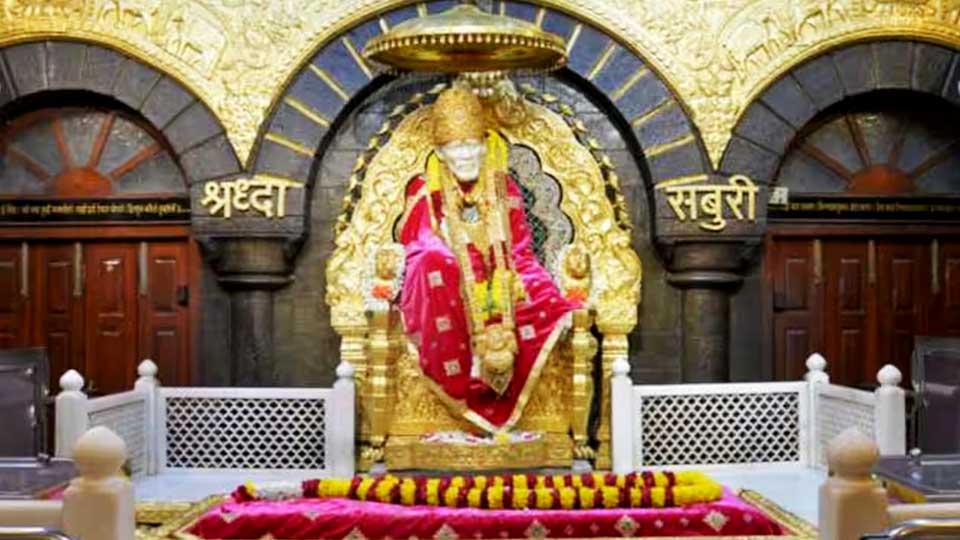
Temple Timings
- The Shirdi Sai Baba Temple is open to devotees throughout the day.
- The temple typically opens in the early morning and closes late in the evening.
- The specific timing may vary slightly depending on the season and temple authorities, so it’s advisable to check the official temple website or local sources for the most accurate and up-to-date information.
Dress Code
Visitors to the Shirdi Sai Baba Temple are expected to dress modestly and respectfully.
Traditional Indian attire is recommended, such as salwar kameez for women and kurta-pajama or dhoti for men. However, comfortable and conservative Western clothing is also acceptable. Avoid wearing revealing or inappropriate clothing, such as shorts, short skirts, or sleeveless tops.
Many visitors chose to wear white clothing as a sign of devotion, as white was Sai Baba’s preferred color.
Darshan Procedure
To have a peaceful and meaningful darshan (viewing of the deity), it’s advisable to arrive at the temple well in advance of the opening time, especially during peak pilgrimage seasons.
Devotees often observe a queue system, and there may be separate lines for men and women.
It’s customary to cleanse your hands and feet before entering the temple, either using the provided facilities or by carrying a small container of water with you.
Maintain silence and a reverent attitude while waiting in line and during darshan.
Once you reach the inner sanctum, take a moment to offer your prayers and respects to Sai Baba. You may choose to make offerings or donations at this time.
After darshan, exit the temple quietly, allowing others to have their turn.
Photography Rules
- Photography is generally not allowed inside the inner sanctum or the main prayer hall of the Shirdi Sai Baba Temple.
- Temple authorities may prohibit photography in certain areas to maintain the sanctity and security of the temple premises.
- Before taking any photographs, especially in areas outside the temple, check for signs or instructions provided by the temple authorities.
- It’s important to respect the rules and guidelines regarding photography to avoid any disruption to the peaceful atmosphere of the temple and to show respect for the beliefs and traditions of fellow devotees.
Other Places of Interest in Shirdi
Shani Shingnapur
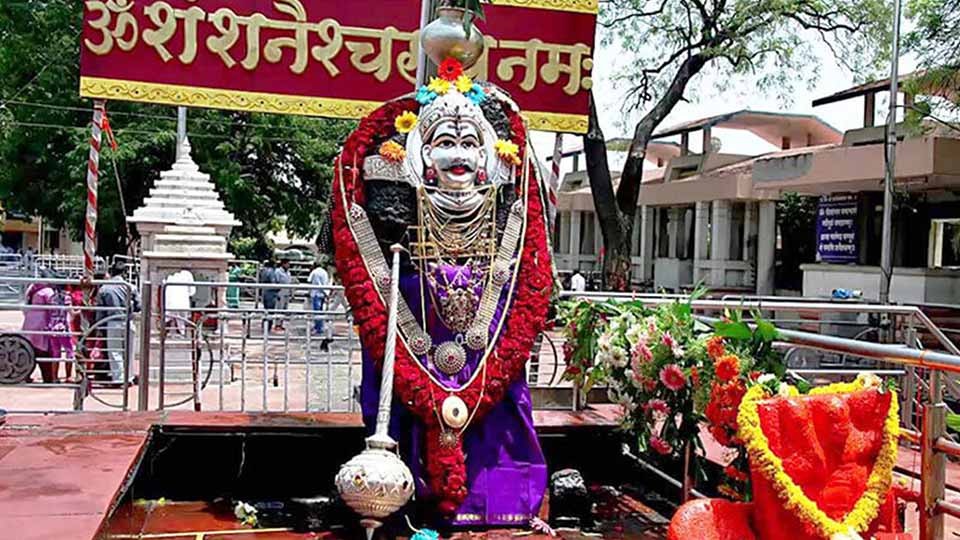
Located about 70 kilometers (about 43.5 mi) from Shirdi, Shani Shingnapur is a famous temple dedicated to Lord Shani, the Hindu god of Saturn. It’s known for the unique tradition where the temple has no doors, and devotees trust in the protective power of Lord Shani.
Dwarkamai
Dwarkamai is a sacred place in Shirdi where Sai Baba spent a significant part of his life. It’s a mosque-like structure that houses an eternal flame lit by Sai Baba himself. Devotees visit Dwarkamai to experience the divine energy and pay homage to Sai Baba’s miracles.
Chavadi
Chavadi is another important site associated with Sai Baba. It’s a small building where Sai Baba used to sleep every alternate night. Devotees visit Chavadi to witness the place where he stayed and participated in the procession of his portrait.
Shopping in Shirdi
- Popular Souvenirs Shirdi offers a variety of souvenirs and religious items for visitors to take home as mementos. These may include Sai Baba idols, pictures, books, and rosaries (malas). The market near the temple is a great place to shop for these items.
- Local Markets The Laxmi Market in Shirdi is a bustling place where you can find local handicrafts, clothes, and religious artifacts. It’s an ideal spot to buy spiritual and cultural souvenirs.
Local Cuisine
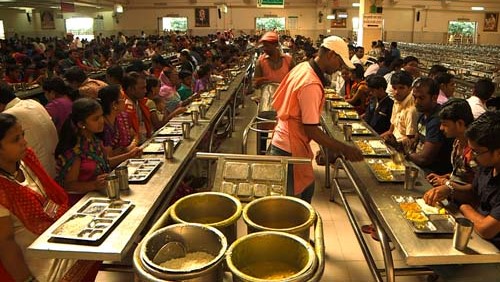
When in Shirdi, don’t miss the opportunity to savor some delicious Maharashtrian and North Indian vegetarian dishes. Some must-try items include:
- Poha A popular breakfast dish made from flattened rice often served with a sprinkling of spices and lemon juice.
- Misal Pav A spicy curry made from sprouted lentils, topped with farsan (crispy snack) and served with pav (bread).
- Sabu dana Khichdi A fasting dish made from tapioca pearls, peanuts, and spices.
- Puran Poli is a Sweet flatbread filled with lentil or jaggery stuffing often enjoyed during festivals.
- Local Sweets Try local sweets like peda, sheera, and jalebi from sweet shops in Shirdi.
Recommended Restaurants
While in Shirdi, you’ll find a variety of restaurants and eateries serving both traditional Maharashtrian cuisine and North Indian dishes. Some popular dining options include Sai Swad Restaurant, Rajdhani Restaurant, and Hotel Shantikamal.
Conclusion
Planning a pilgrimage to Shirdi, the sacred abode of Sai Baba, requires thoughtful consideration of logistics and budgeting. Visiting during the winter months is ideal, and dressing respectfully for temple visits is essential. Beyond the Sai Baba Temple, exploring Dwarkamai, Chavadi, and nearby Shani Shingnapur adds depth to the spiritual journey. Shopping for souvenirs and savoring local cuisine enriches the cultural experience. Ultimately, Shirdi offers a profound opportunity for spiritual growth and connection with the teachings of Sai Baba
Importance of Meditation and Prayers: Discuss the spiritual aspect of the pilgrimage.
Participating in Aarti: Information on Sai Baba’s daily rituals and how to attend.
Donations and Offerings: Explain the significance of making offerings.
Frequently Asked Questions
The best time to visit Shirdi is during the winter months, from November to February when the weather is pleasant. It’s advisable to avoid the scorching summer months (March to June) and exercise caution during the monsoon season (July to September) due to heavy rains.
When budgeting for your Shirdi pilgrimage, consider accommodation, travel costs, food expenses, temple donations, local transportation, and shopping, and include a contingency fund for unforeseen expenses.
You can reach Shirdi by air through the Shirdi Airport, by train via the Sainagar Shirdi Railway Station, or by road using private cars, taxis, or intercity buses.
Visitors are expected to dress modestly and respectfully. Traditional Indian attire like salwar kameez for women and kurta-pajama or dhoti for men is recommended, but comfortable and conservative Western clothing is also acceptable.
Photography is generally not allowed inside the inner sanctum or the main prayer hall of the temple. However, rules may vary, so it’s important to respect the temple’s guidelines and avoid disruptions.
Yes, Shirdi has other important sites to explore, including Dwarkamai, Chavadi, and Shani Shingnapur, each with its significance in Sai Baba’s life and teachings.
Shirdi offers a variety of souvenirs and religious items such as Sai Baba idols, pictures, books, and rosaries. You can find these items in the markets near the temple.
When in Shirdi, you should try dishes like Poha, Misal Pav, Sabu dana Khichdi, Puran Poli, and local sweets like peda, sheera, and jalebi from local restaurants and sweet shops.
Meditation and prayers play a crucial role in the spiritual aspect of a pilgrimage to Shirdi. They allow visitors to connect deeply with Sai Baba’s teachings, find inner peace, and seek answers to life’s questions.
Yes, you can participate in the daily rituals and Aarti at the Sai Baba Temple. It’s advisable to arrive early for a peaceful darshan and maintain reverence during the ceremonies.
Meet The Author

Krishna Kishor
Greetings! I’m Krishna Kishor, currently pursuing an MBA at IMT Ghaziabad, where I’m honing my skills in business management. While my academic pursuits keep me grounded in the corporate world, my heart finds solace in exploring the spiritual and cultural realms of our diverse world.

